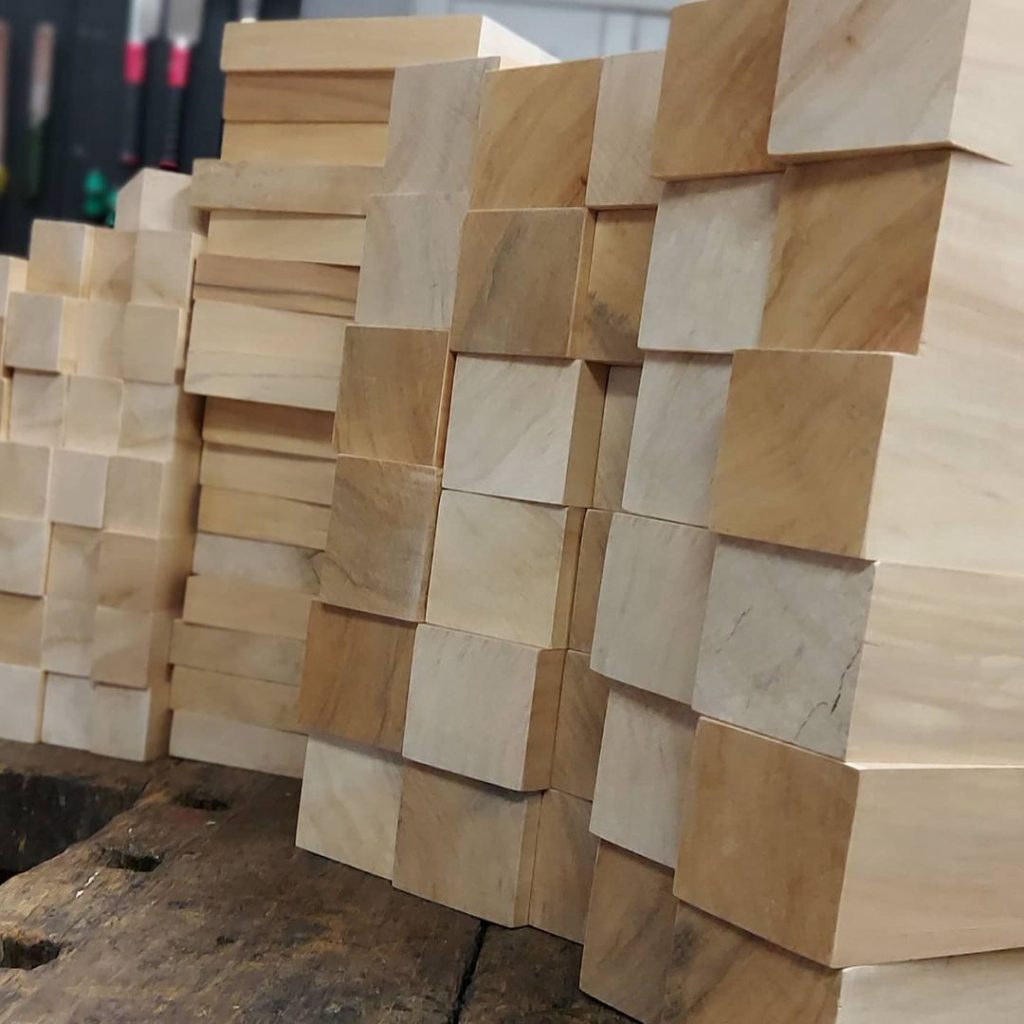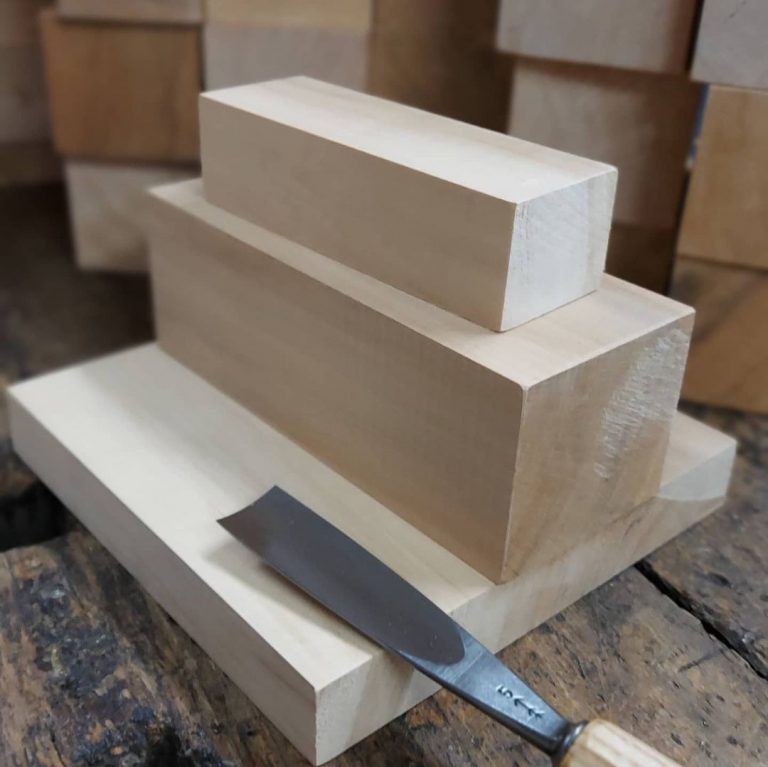Two phases of drying
Wood dries from the outside and this process takes place in two phases. During the first phase, the free moisture in the cell cavities closest to the bark evaporates until the internal humidity is equal to that of the environment. Evaporation of free moisture begins immediately after the tree is cut down.
During this process, the moisture content in the vessels becomes lower than the moisture content in the vessel walls, and the second phase begins. In the second phase, bound moisture migrates from the area of higher humidity, from the walls of the vessels (cells), to the area of lower humidity, to the vessels themselves. This process is called differential shrinkage (shrinkage), and it will continue until the moisture content of the whole wood reaches the relative humidity of the environment. This process may take several years, depending on a number of parameters, which we will discuss later.
What Happens When Wood Dries As wood dries, several things happen. When the moisture content reaches 25-30%, the wood begins to shrink. Normal wood shrinks very little along the length (along the fibers), but shrinkage occurs significantly in width and thickness. Depending on the species of wood, the degree of wood shrinkage also varies. Dense wood shrinks less than less dense wood.
Wood shrinks toward the bark because each vessel in wood has approximately the same diameter, and as wood increases in diameter from the core to the bark, so does the number of wood vessels. Accordingly, if each vessel is compressed to three percent, more shrinkage occurs in the wood on the bark side than in the area around the core.
For example, if a log has a circumference of 63 cm and each wood vessel is compressed only two percent, the log will shrink 1.3 cm more at the bark than at the heartwood. If shrinkage is not controlled, the wood will develop longitudinal or radial cracks 1.3 cm wide. These 1.3 cm cracks can form in one place as a single crack or in several places as a web of cracks. The cracks generally run through the log longitudinally, creating visible cavities. Radial cracks in the form of a web form at the ends of logs after wood vessels are cut crosswise. If the longitudinal and radial cracks run through the surface of the carving, the finished product may be defective.
Air drying wood
If you’re air drying wood, it’s important to do it right or not at all. Sure, you can throw a log of freshly cut wood in the corner and hope for the best, but if you approach the air drying process correctly, there’s less chance of cracks forming. Often craftsmen make two of the biggest mistakes when air drying: trying to dry the wood too quickly or not drying it completely. If you have the space and time to dry it, try the method below in the corner of your garage. This method is suitable for all types of wood except linden (see “Special treatment of American hardwoods” on page 42). First, complete the following steps to prepare the wood for drying:
Caulk the ends of the logs as soon as possible after sawing the log. You can use polyurethane varnish, aluminum paint or sealants. If the wood is very damp, first apply a coat of water-based acrylic paint to the ends and then top with polyurethane varnish or aluminum paint.
Sealant can be applied immediately to the end face without pre-coating.
Divide the log in half and lengthwise through the core. This reduces the internal stress in the wood. It is a good idea to remove all the undeveloped wood from the core.
Cut the block or log into pieces with a length allowance for the size of your future carvings. As it dries, small radial cracks will form on the ends of the rough blanks. When the drying is complete, you will cut these pieces off at the ends and get a clean, crack-free billet.
If the bark is peeling, remove it. Loose and loose bark provides a breeding ground for fungal spore growth that destroys the wood.
If the bark is tightly adhering to the wood, leave it on – this will slow down the rate at which the wood’s vessels evaporate moisture.
If you need to re-glue the wood to form or reinforce a block, do it only when the wood is completely dry. When you have finished all these preparations, lay the cross bars about 10 cm high on the floor or on the ground to ensure good air circulation under the wood. Arrange the logs and timbers on the crossbars so that the pieces do not touch each other. Between the rows of billets, place divider bars (called stickers) to allow air circulation around each billet.
Preparing wood for wood carving 2

